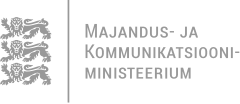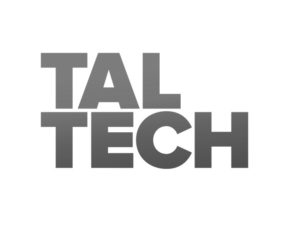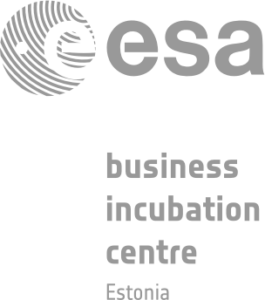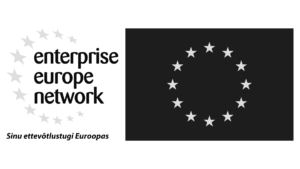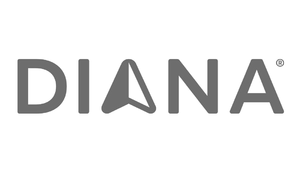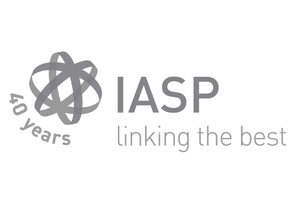27.12.2023
Top 10 recommendations to develop Estonia’s deep tech ecosystem
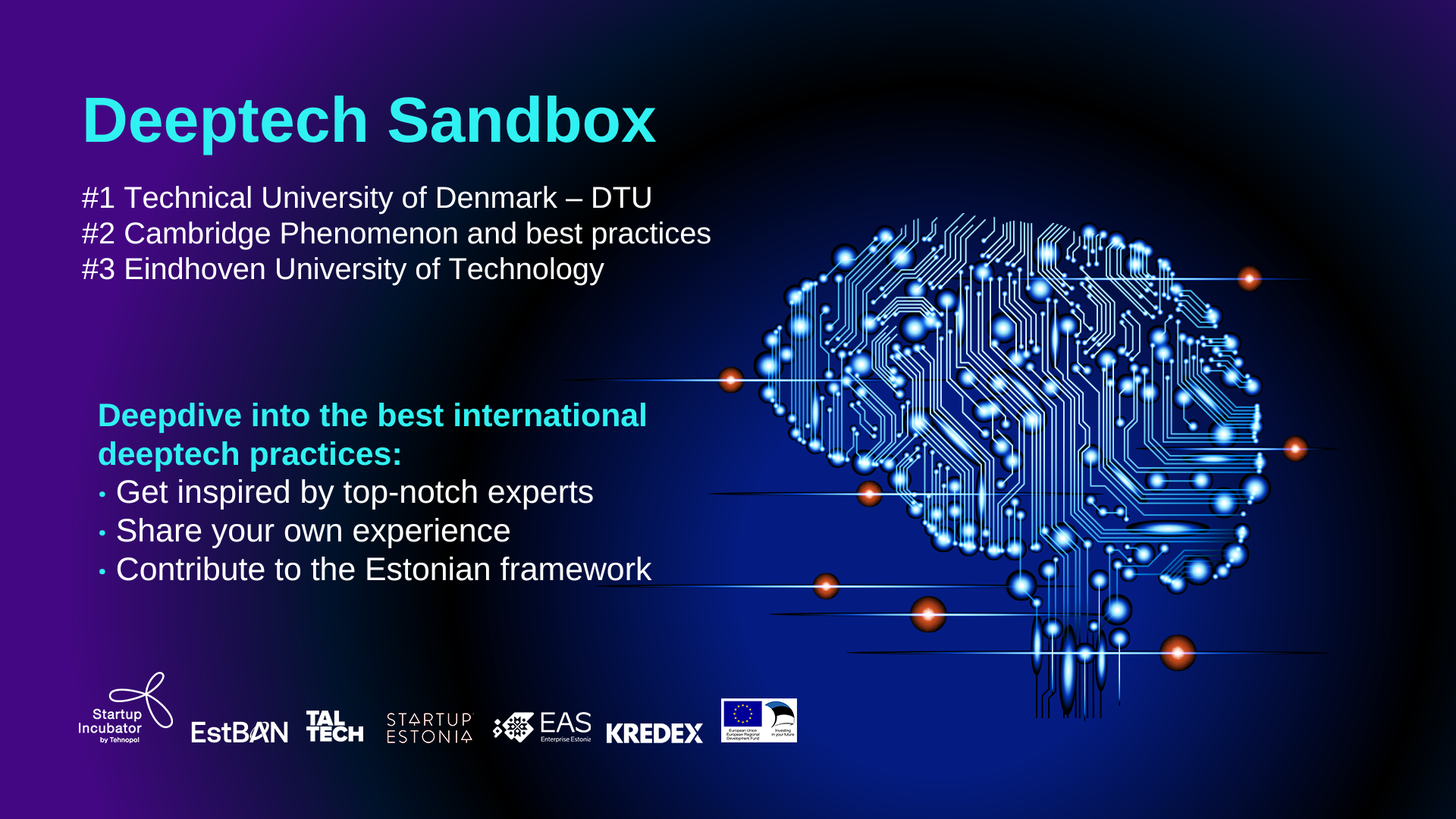
Today, there is readiness to contribute to the further development of research-based teams. However, what is mainly lacking is the practical experience in supporting deep tech teams and agreement on the precise next steps. Additionally, there is a lack of a shared understanding and a “good practice” on the use of intellectual property and the involvement of investments across the Estonian deep tech ecosystem. For this reason, the Deeptech Sandbox project was initiated by Tehnopol Startup Incubator, Estonian Business Angels Network (EstBAN) and Tallinn University of Technology (TalTech), powered by Startup Estonia.
In the scope of the Deeptech Sandbox project, the participants of the Estonian deep tech ecosystem had a unique opportunity in 2023 to learn from the best practices of three leading deep tech ecosystems: the Cambridge region (the UK), the Eindhoven region (the Netherlands), and the ecosystem surrounding the Technical University of Denmark.
Despite the differences between the ecosystems, it is possible to draw conclusions about which approaches would help more research teams spin out of the Estonian universities and deep tech start-ups to be more competitive in the international markets.
All three ecosystems are united by a strong and consistent focus on the commercialization of research achievements. This allows the research teams to have a clear business development roadmap and an understanding of what are the university’s possible development grants and conditions for transferring intellectual property rights. Estonian universities are taking steps towards increased transparency of technology and knowledge transfer and clear business development roadmaps but can learn from the lessons of our selected ecosystems.
TOP 10 recommendations from Copenhagen, Cambridge, and Eindhoven regions to develop Estonia’s deep tech ecosystem:
1. Clear roadmap to ensure the commercialization of science in all Estonian universities, together with university grants, and conditions for transferring IP to a private company, outlining the conditions for equity taken by the university or licensing fees and the expected time frame of the process. The Netherlands has also followed this path.
2. Consistent public funding for research teams for the proof-of-concept and transition from science to business phase.
3. Investor involvement in the early phase of the company – initially as mentors, later already as a real investor. If possible, the involvement of international investors to open doors to new markets.
4. A clear decision by the research team members, whether to continue as a researcher at the university with a full-time position and have a small (single digit) share in the company or to head fully into entrepreneurship, developing all the necessary skills to become an entrepreneur.
5. The capitalization table of university spin-offs must be kept as simple and clean as possible. For universities this means that taking equity in spin-offs must come with clear internal procedures and the speed of decision- making like other investors. A good example of moving in this direction is the creation of UniTartu Ventures by the University of Tartu.
6. A platform for researchers and entrepreneurs to connect and find co- founders, mentors, and other help. In Denmark, an online platform was created for matchmaking between spin-offs and potential new team members. An additional step would be the creation of Entrepreneur in Residence programs in all universities and Venture Studio-type programs in science parks.
7. Demand from the government for universities to commercialize science and an understanding that the whole ecosystem, including the public sector, is responsible for contributing to the growth of new science- based companies.
8. A clear division of roles between ecosystem members, especially the universities and science parks. The division of roles must be complemented by close collaboration and the early involvement of investors.
9. Clear roadmap for those entrepreneurs who want to become a university spin-in company from outside the university. An analogy here is the Cambridge spin-in model.
10.Encouraging and facilitating the creation of student teams. Based on Eindhoven’s example, providing strong support for early-stage volunteer-based teams of students (such as student formula teams and the student satellite team) working on innovation projects over the space of several years leads to increased publicity for universities, a noticeable increase in start-ups and spin-offs created, as well as increased employability of graduates who have gained significant practical knowledge.
The necessary momentum for Estonia’s deep tech ecosystem to take the crucial next steps has been created. Lessons from the Deeptech Sandbox project serve as a lighthouse to make some vital improvements in the next few years. The conclusions of this program match and complement the deep tech Action Plan put together by Startup Estonia in the spring of 2023.




